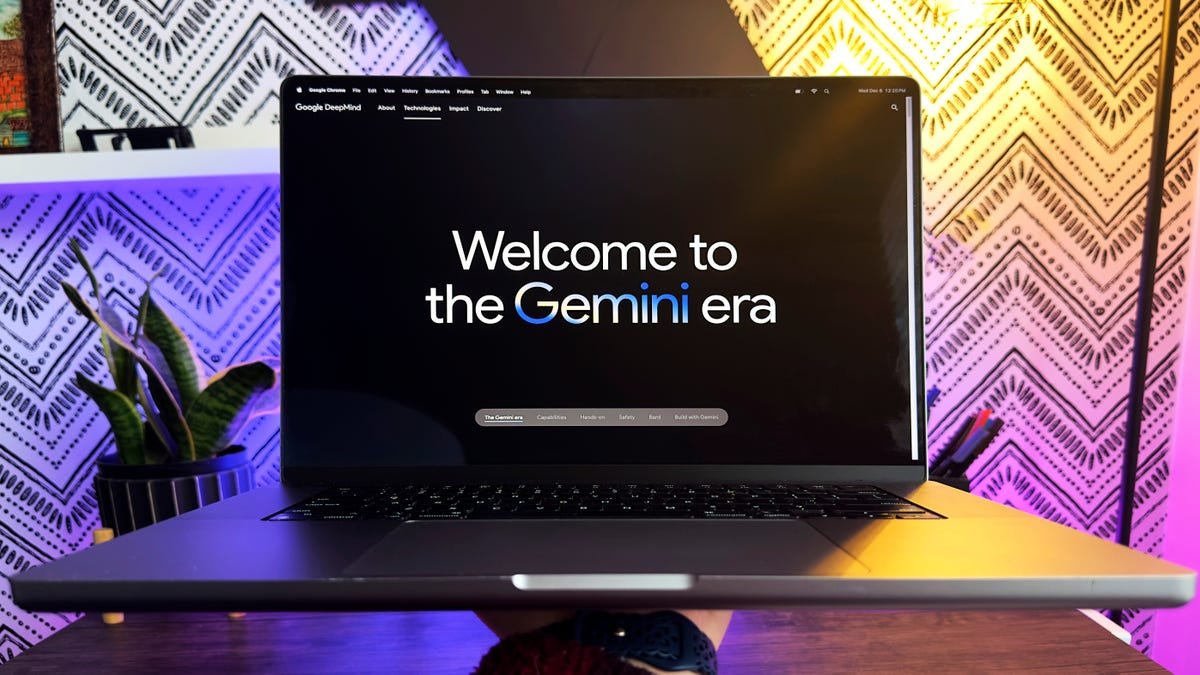Revolutionizing AI: Google DeepMind’s New Video-to-Audio Technology
AI Video Generators in the Spotlight
AI video generators such as OpenAI’s Sora, Luma AI’s Dream Machine, and Runway Gen-3 Alpha have recently captured significant media attention. While these tools have made astounding advancements in video creation, they still share a common flaw: the absence of synchronized audio. This gap has left creators longing for a solution that can elevate their projects to new heights.
Introducing Google DeepMind’s Game-Changer
Recently, a Google DeepMind announcement revealed a groundbreaking tool known as Video-to-Audio (V2A), designed to convert video visuals into a comprehensive auditory experience. This technology utilizes a sophisticated blend of pixels and text prompts to automatically generate immersive soundtracks and soundscapes for AI-produced videos. In essence, it represents a pivotal step toward fully automated film production.
Powerful Integration with Existing AI Video Generators
The V2A technology can seamlessly integrate with established AI video generators, including Google’s Veo. This capability allows it to create atmospheric scores, appropriate sound effects, and even dialogues that align perfectly with the characters and tones portrayed in the visual medium. As demonstrated in various examples, it showcases how sound can enhance storytelling.
Infinite Audio Options for Creatives
What makes this tool particularly appealing is its remarkable flexibility. Users aren’t restricted to a single audio option; instead, the V2A system can generate an unlimited number of soundtracks for any video. This feature empowers creators by enabling them to guide the output toward their envisioned results with just a few simple text prompts.
A Smart Leap Beyond Rival Technologies
Differentiating itself from competitors, Google emphasizes that the new V2A tool can create audio based purely on visual inputs. The reliance on textual prompts is entirely optional. However, the potential misuse of this technology, particularly in the realm of deepfakes, has led DeepMind to declare that the V2A project will be treated as a research initiative for the time being.
Ensuring Responsible Usage
DeepMind has articulated the importance of safety and ethical use for this emerging technology. Before making it available to the wider public, the team plans to conduct thorough safety assessments and testing. Given the remarkable potential demonstrated in a series of ten video examples, scrutiny will be essential to ensure responsible deployment.
A Look at the Examples
The artistic scope of this tool can be seen in various short videos, showcasing its potential across genres. From chilling horror clips to lighthearted animations featuring a cartoon baby dinosaur, the V2A tool proves its versatility. A standout example is a Blade Runner-esque scene with electronic music synchronized to bustling city life, illustrating how it could significantly reduce production costs for sci-fi films.
Recognizing the Limitations
Despite its many advantages, creators may experience some limitations, especially concerning dialogue fidelity. Observations from a Claymation family video suggested that while the audio capabilities are promising, they still require refinement. Nonetheless, as technology continues to develop, we can expect improvements in the quality of generated content.
The Future of Voice Acting
The potential convergence of AI-generated visuals with AI-driven soundtracks is a transformative leap, hinting at a future where voice actors may eventually become less indispensable. OpenAI has already announced plans to incorporate audio features into its Sora video generator, slated for release later this year. DeepMind’s V2A tool, however, signifies that audio generation is evolving rapidly and adapting efficiently to visual input.
The Science Behind V2A
DeepMind employs a diffusion model that adeptly combines visual and textual data to create compressed audio, which is then transformed into an audio waveform. The model has been trained on a comprehensive set of video, audio, and AI-generated annotations, though the specifics of this training remain somewhat ambiguous.
Google’s Strategic Edge
The strength of Google’s position lies significantly in its ownership of YouTube, the world’s most extensive video-sharing platform. Although the platform’s terms of service regarding AI training remain somewhat ambiguous, YouTube CEO Neal Mohan has acknowledged that specific creators have agreements permitting their content to be utilized in training AI models. This could offer Google a significant advantage in refining and improving its V2A technology.
Navigating the Road Ahead
Although still in its infancy and not yet capable of producing Hollywood-level perfection, V2A has the potential to transform amateur filmmaking and pre-production processes. The upbeat competition with companies like OpenAI indicates that rapid advancements are on the horizon.
Conflict of Ethics and Progress
With impressive capabilities comes the risk of ethical dilemmas. The possibilities for misuse—particularly in creating misleading clips—underscore why responsible practices must accompany technological innovation.
Hope for Future Storytelling
As industry professionals and content creators eagerly look forward to future iterations of this groundbreaking tech, it opens up possibilities for new storytelling avenues. The V2A tool might be a key element in democratizing film creation, enabling more individuals to bring their narratives to life.
Potential for Collaborative Creativity
This technology could foster a collaborative ecosystem where skilled creators, marketers, and developers intertwine their visions, ultimately leading to richer and more diverse audio-visual experiences. It amplifies the creative dialogue between various artistic mediums and promotes cross-industry partnerships.
Conclusion: A New Chapter in AI Technology
In summary, Google DeepMind’s Video-to-Audio technology marks a significant stride forward in the AI landscape. By bridging the gap between visuals and audio, it not only enhances the artistry of video creation but also signals a future where technology and creativity harmonize. As we stand on the precipice of this innovative frontier, one thing is clear: the potential to revolutionize storytelling and artistic expression is more pronounced than ever. As developments unfold, audiences and creators alike will remain eager to see how these advancements unfold—potentially reshaping the landscape of entertainment as we know it.







